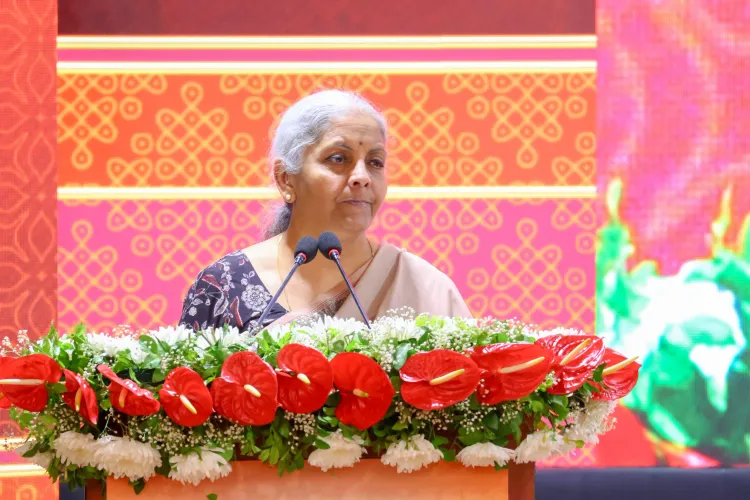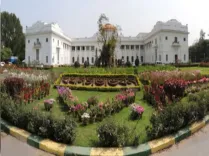How Are Women Transforming Progress in India? FM Nirmala Sitharaman

Synopsis
In a landmark address, FM Nirmala Sitharaman reveals how women have become crucial in India’s development narrative over the last decade. With various government schemes empowering female entrepreneurship and financial independence, the statistics paint a compelling picture of progress. Discover how these initiatives are reshaping the landscape for women across the nation.
Key Takeaways
- Women are key drivers of progress in India.
- 55.7% of Jan Dhan accounts are owned by women.
- 68% of MUDRA loan beneficiaries are women.
- 10 crore LPG connections provided to poor women.
- 80% of Jan Dhan accounts remain active.
New Delhi, June 8 (NationPress) Finance Minister Nirmala Sitharaman emphasized on Sunday that over the past 11 years, women have become pivotal in driving progress across the nation, with the Narendra Modi administration introducing numerous initiatives aimed at empowering Nari Shakti.
Marking “11 years of Sashakt Nari,” the Finance Minister noted that under the PM Jan Dhan Yojna, recognized as the world’s largest financial inclusion program, 55.7 percent of accounts are owned by women, showcasing their empowerment at the grassroots level.
She further revealed that women constitute 68 percent of the beneficiaries of MUDRA loans nationwide, which have allowed countless women to embark on entrepreneurial ventures and achieve their aspirations independently.
Additionally, 74 percent of those benefiting from the Start-Up India scheme are women. Moreover, 73 percent of homes under the PMAY (Gramin) scheme aimed at impoverished households are owned by women, she shared.
The Finance Minister also highlighted that 10 crore LPG connections have been allocated to underprivileged women through the Ujjwala Yojana, significantly improving their lives and health by eliminating the hazardous smoke produced by traditional cooking methods such as wood and cow dung.
The Jan Dhan scheme has proven to be immensely successful in promoting financial inclusion, as the average bank balance per account rose from Rs 1,065 in March 2015 to Rs 4,352 today. About 80 percent of the accounts remain active, she noted.
Furthermore, 66.6 percent of Jan Dhan accounts were opened in rural and semi-urban regions, with 29.56 crore accounts (or 55.7 percent) belonging to female account holders.
These accounts are widely utilized, with many individuals actively depositing funds. Despite allowing zero balance accounts, only 8.4 percent of the accounts maintain a zero balance.
When the Modi administration assumed power about a decade ago, it was committed to extending financial and banking services to every citizen. To achieve this, zero-balance accounts were established for the poorest under the ‘Pradhanmantri Jan Dhan Yojana’ launched on August 28, 2014.





